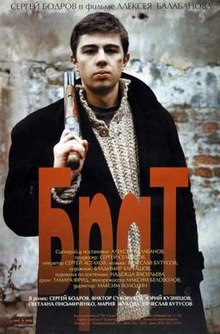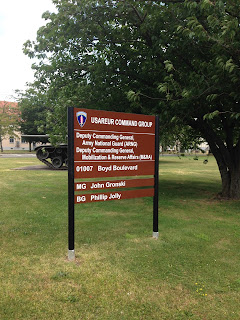Two weeks ago I started writing about the best day of my life as a soldier out of the 6,575 days (18 years) I served in uniform. That day (I have to find the exact date) was Table VIII tank gunnery at Fort Carson, Colorado, in the Spring of 1976. It was my first tank gunnery, and my first gunnery as a tank commander. Why was I tank commander first time out?
I was in the U.S. Air Force from 1972-74 and got out a few months after being temporarily blinded in a missile explosion. After a year as a civilian, I re-enlisted in the Army and went to Fort Knox for Tank training in July and August 1975. I re-enlisted as an E4 and made E5 in January of 76. I got my own crew and was determined to qualify--not bolo as the old hands predicted the ex Wing Nut would. I had a great platoon sergeant and my crew fired Distinguished on Table VIII.
I will be re-reading gunnery procedures and interviewing at least four tankers who fired Table VIII at Carson that year. If all goes well, it could be a book.
I admire the "Day in the Life of..." form. Especially the books A Day in the Life of Ivan Denisovich by Alexander Solzhenitsyn and Day of the Oprichnik by Vladimir Sorokin. So I am writing Home on the Range: A Day in the Life of a Cold War Tank Commander with the idea of telling a much larger story of the effect that day would have on my life, but never leaving that one day.
I was talking to a friend about how even after writing several hundred words, I have more questions the more I write. One related question that came up was about travel. Part of loving the military and why I kept re-enlisting was travel. I flew space-available flights across America and Europe as a young soldier, everything from a C-130 to a C-5A.
Now that the military part of my life is over, any travel I do will be as a civilian. This summer I went on a six-week trip that began in Belgrade, Serbia; circled north and east to Ukraine; back west as far as the very western edge of the Normandy beaches; and then to Israel and back through Paris to Stockholm.
That trip included seven Holocaust memorials and changed my view of life profoundly. So my friend asked if their were other trips that changed me as much. The answer I just blurted out was: The trips with a gun. The only two trips that had as great an effect on me as the trip this summer were deploying to Cold War West Germany with Brigade 76 and deploying to Camp Adder, Iraq, in 2009-10 with 28th Combat Aviation Brigade.
Tank gunnery 1976 was, in part, training for sending the entire 4th Brigade, 4th Infantry Division to Germany in October. And that day made me so much more confident I could lead a tank crew if the Cold War heated up.
In the past 40 years, I have been to 44 countries on five continents. The bicycle-train-plane-automobile-boat trip this summer is the only trip that has come close to traveling in uniform with a gun in its profound effect on how I look at the world.
If you read this blog, you likely made one or more trips with a gun. What it means to travel with and without a gun has been stuck in my head since that conversation.
Being a tank commander was without a doubt the Best Job I Ever Had.























